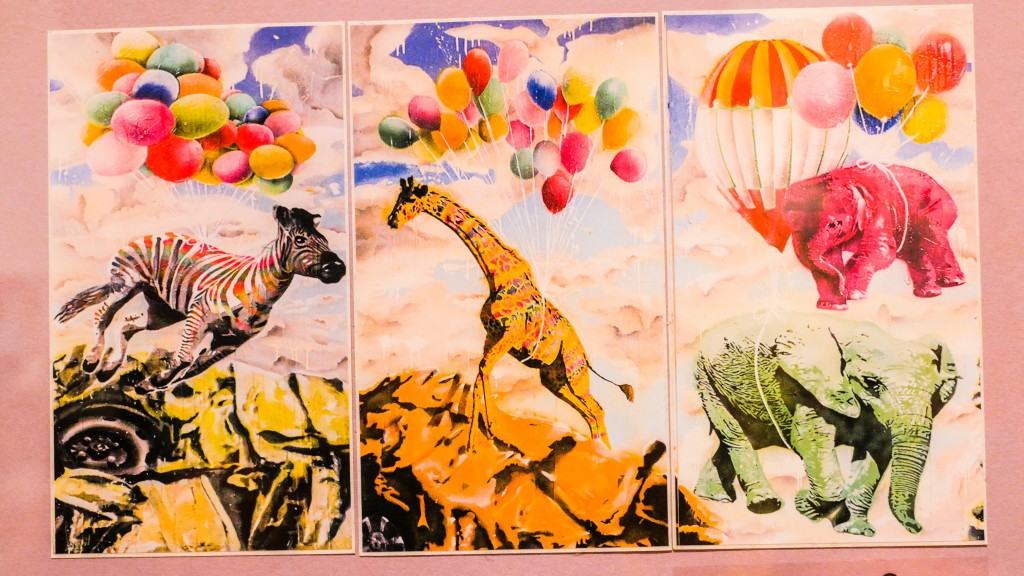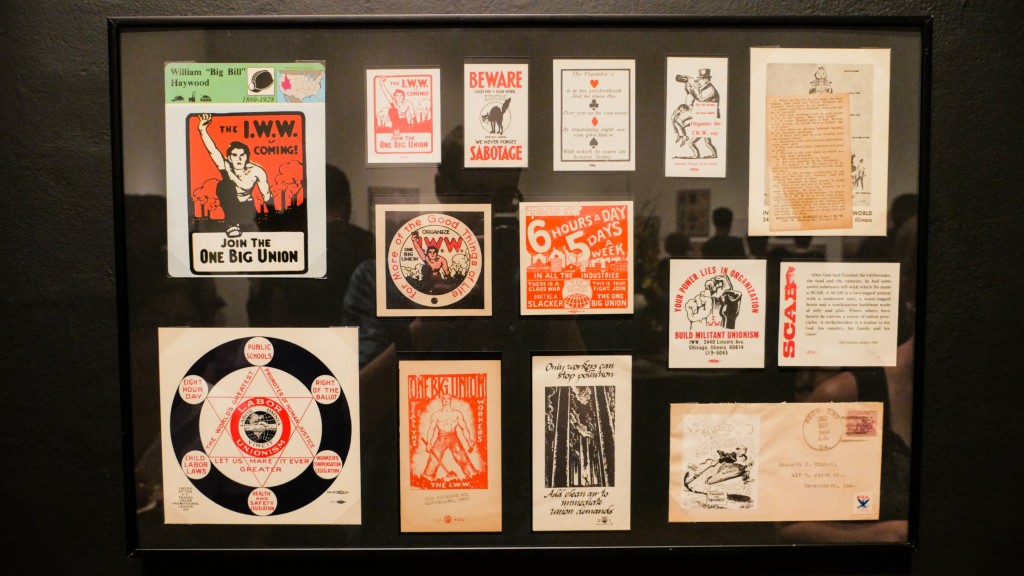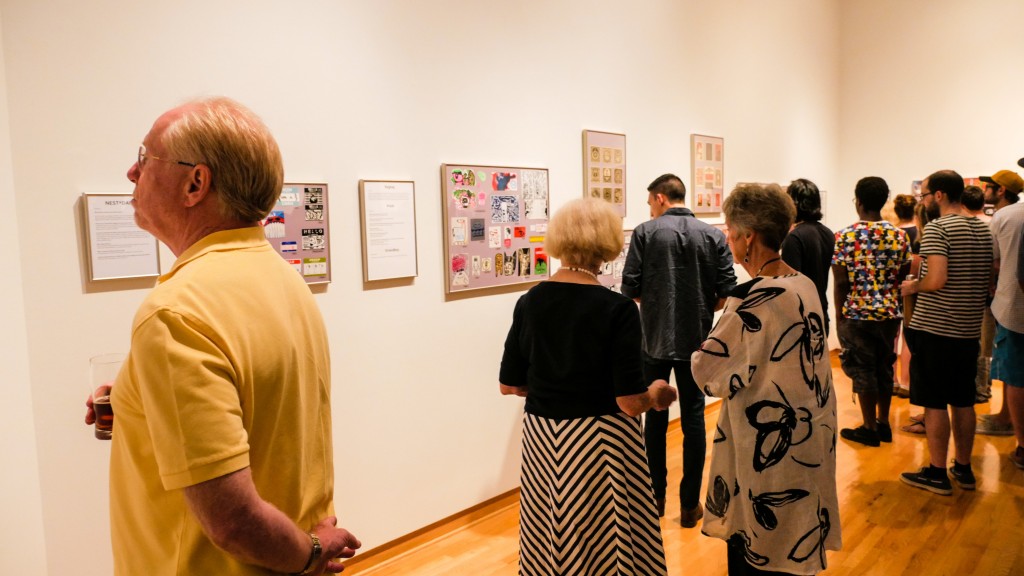 September 5 – October 11, 2015
September 5 – October 11, 2015
Lore Degenstein Gallery, Susquehanna University
514 University Ave, Selinsgrove, PA 17870
Graffiti has come a long way from its aerosol ancestors. Initially thought to besmirch the sides of bridges and subway tunnels, it has evolved into a celebrated art form. At the Lore Degenstein Gallery, our artistic neighbor to the south, co-curators Catherine Tedford and Oliver Baudach explore a microcosm of the street art movement: the sticker. “Re-writing the Streets: The International Language of Stickers,” is a collection of over 1300 original, unused stickers, grouped by artist, theme, date, and geographic location. Framed in sets, they are interspersed with curators’ statements, interpretive text panels and short interviews with several of the artists whose work is on display.
 This traveling exhibition is a collaboration between Catherine Tedford, director of the Richard F. Brush Art Gallery at St. Lawrence University in Canton, New York, and Oliver Baudach, the founder and director of Hatch Kingdom, the world’s first museum devoted to sticker art. Tedford describes stickers as “one of the most democratic art forms.” They are easy to make, transport, and distribute, and have been utilized for social and political protest for decades. Initially called “stickerettes” or “silent agitators,” they were used during the labor movement in the early twentieth century to spotlight poor working conditions and agitate higher ups. They were vehicles of dissent and comment during WWII, the civil rights movement, and Vietnam. Today, their language addresses myriad components of our culture, including labor, animal rights, the environment, gender and sexuality, football, consumer capitalism, surveillance, and police brutality. These small (2 x 2 inches to 3 x 4 inches) vehicles of self-expression still pack a punch, in their ability to engage passersby and document an ever changing socio-political landscape.
This traveling exhibition is a collaboration between Catherine Tedford, director of the Richard F. Brush Art Gallery at St. Lawrence University in Canton, New York, and Oliver Baudach, the founder and director of Hatch Kingdom, the world’s first museum devoted to sticker art. Tedford describes stickers as “one of the most democratic art forms.” They are easy to make, transport, and distribute, and have been utilized for social and political protest for decades. Initially called “stickerettes” or “silent agitators,” they were used during the labor movement in the early twentieth century to spotlight poor working conditions and agitate higher ups. They were vehicles of dissent and comment during WWII, the civil rights movement, and Vietnam. Today, their language addresses myriad components of our culture, including labor, animal rights, the environment, gender and sexuality, football, consumer capitalism, surveillance, and police brutality. These small (2 x 2 inches to 3 x 4 inches) vehicles of self-expression still pack a punch, in their ability to engage passersby and document an ever changing socio-political landscape.
There is an unavoidable, underlying tension with this kind of exhibition. The process of gathering these necessarily public art forms removes them from their original context and their original intended audience. Tedford admits to having mixed feelings about it, but reconciles it by treating these compilations as a rich and wonderful teaching resource. By bringing this minutiae of the street into a gallery setting, the stickers are able to interact with academic and artistic circles, thereby increasing attention and recognition for an important contemporary art movement. And much like the sticker’s ephemeral place within a constantly transforming cityscape, this exhibition continues to evolve as Tedford and Baubach add to their collections.
This exhibit is a feast for the eyes. The sheer wealth and breadth of the collection assures that you will find a favorite tag, a favorite artist, or at least discover an interesting twist on an established cultural icon before you leave the gallery space. Go check it out, guys! It’s so cool!
If you’d like to know more about graffiti and sticker art, here are some additional resources:
- You can follow Catherine’s blog Stickerkitty, a site dedicated to researching historical and contemporary political stickers.
- Here’s a cool article on the history of American Graffiti.
- The book the article is based on, The History of American Graffiti, by Roger Gastman and Caleb Neelon

All photos courtesy of Daniel Nienhuis.

